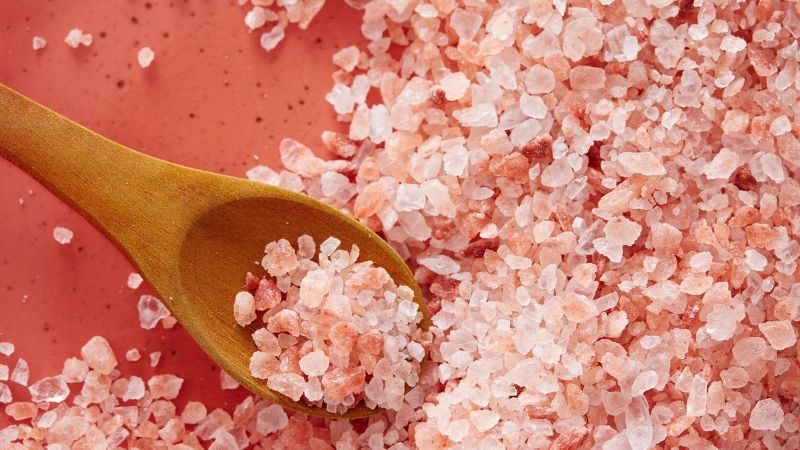Why Pink Himalayan Salt is So Popular in the Kitchen?
Himalayan salt is pink salt mined in the Himalayan region of Pakistan. The salt has a rich pink tint because of mineral impurities. It's mainly used as an agricultural additive, table salt, as a cooking ingredient, decorative stones, and as a bath product, but is now being widely used for spa treatment and medicinal purposes.
Himalayan pink salt has a very unique and attractive color, which gives it a rich and creamy texture. The pink color is not natural or genetically determined. It's an artificial coloring agent. As the name indicates, it comes from the Himalayas and its minerals. Its popularity has increased immensely in recent years due to health and beauty benefits.
Himalayan salt has the unique property to repel insects and rodents, which have found their way into households and gardens. Pink Himalayan salt has an insect repellent that repels mosquitoes, ants, and termites. This salt imparts a very pleasing and soothing smell and taste when mixed with other ingredients, like rosewater and lavender oil.
There are different types of salt available, but Himalayan salt has been widely popular for many years. Since this type of salt is extracted from nature, it comes from very high-quality resources. Unlike other salt varieties, this salt does not contain any traces of synthetic elements, preservatives, or harmful chemicals. This is because of the pureness and purity of the mineral resources.
In addition to its natural features, pink Himalayan salt has other positive qualities, too. It's very hard and durable, making it ideal for use in kitchens. The salt's hardness is an added bonus because it makes it easier for kitchen cooks to incorporate the salt into the preparation process without damaging its surface.
Because of its natural appearance, pink Himalayan salt can be colored by hand or with a chemical-free coloring agent. Because the salt comes in a variety of shades, it's not difficult to match it with a variety of kitchen accessories and utensils. It's a particularly popular choice for shower curtains, soap dishes, countertops, dishes, salt and pans, bowls, and even soap dishes.
Another feature that makes pink Himalayan salt stand out is its texture. Since it comes from nature, it's easy to work with. Its surface can easily be worked into shapes and forms.
Himalayan salt's characteristics make it the perfect addition to any kitchen or bathroom. If you haven't tried it yet, you should.
Himalayan salt is relatively inexpensive. Most salt suppliers will offer a free trial, so you can try out the salt before buying. This is great because you can gauge how well your skin and body respond to the salt before buying large quantities of the stuff. It's a great investment, too, because it will serve you for many years to come.
Salt doesn't need much maintenance. Unlike most household cleaners, the pink Himalayan salt you'll find at your local store won't leave streaks, scuffs, or stains on your floor or countertop. Your granite counters and tiles will remain free of scratches and marks. This makes it a great choice for homes with children, elderly family members, pets, or elderly people.
Pink Himalayan salt will last for a long time without causing harm to your cabinets, appliances, electronics, and other electrical fixtures. If there's a fire in your home, the salt won't cause smoke damage. Even the salt itself won't burn when exposed to oxygen. The substance won't react with acid and other materials used in the kitchen, either.
Because it's so hard, the pink Himalayan will never splinter, crack, or chip. This makes it a great option for kitchens and bathrooms that have delicate surfaces.
Since Himalayan salt is a naturally occurring resource, it won't require a lot of cleaning. You won't have to worry about removing it from the container if you get a spill, or spill anywhere else.
